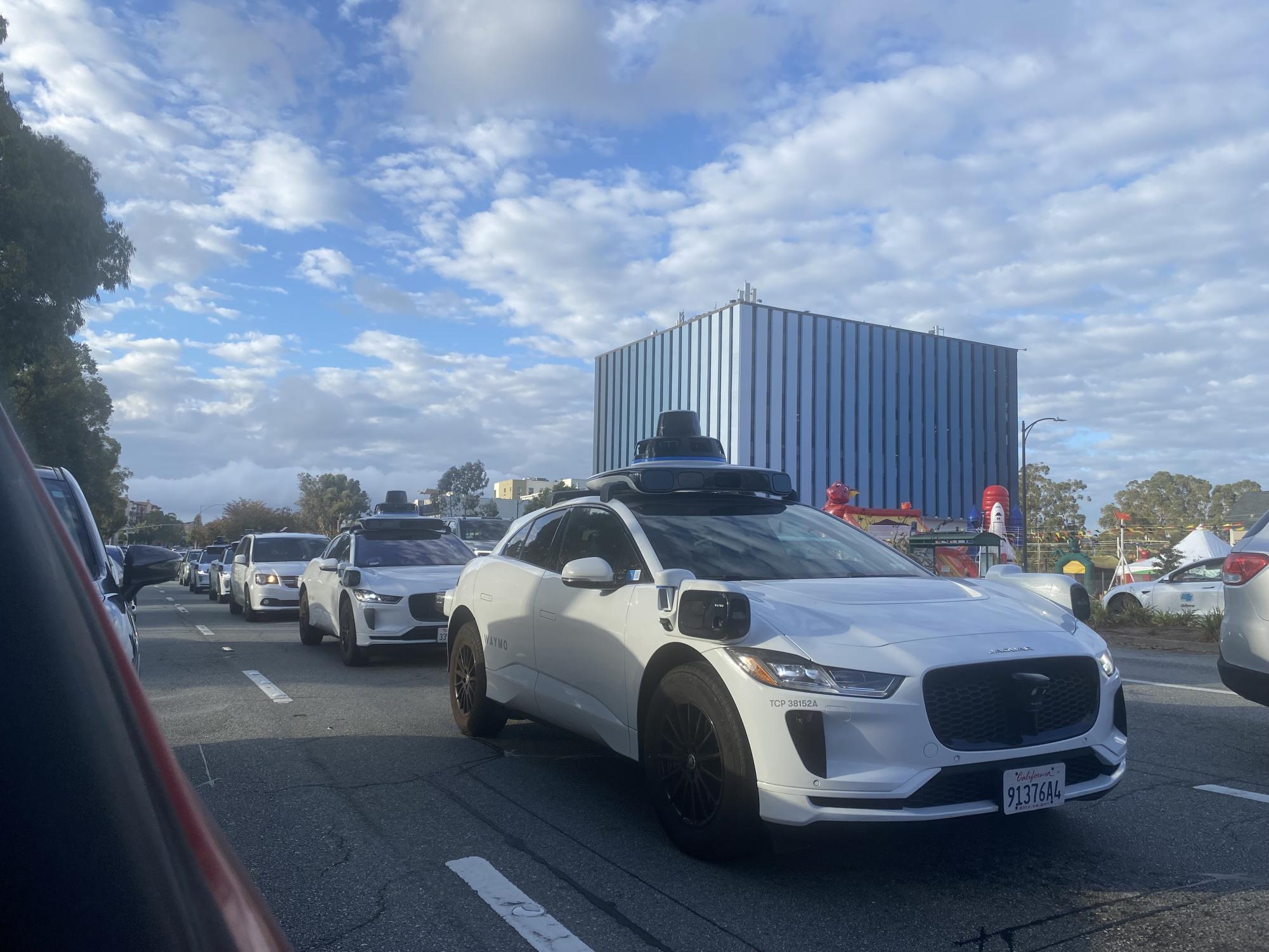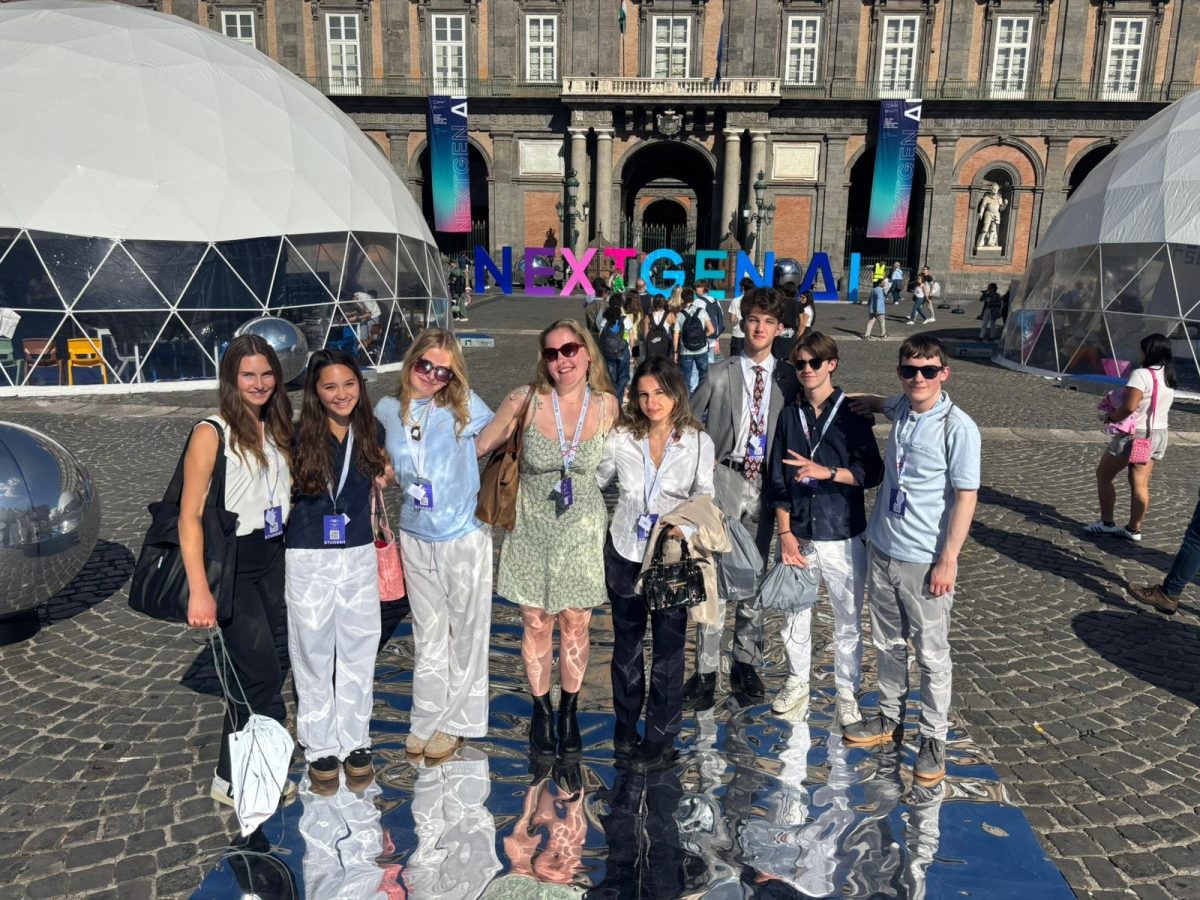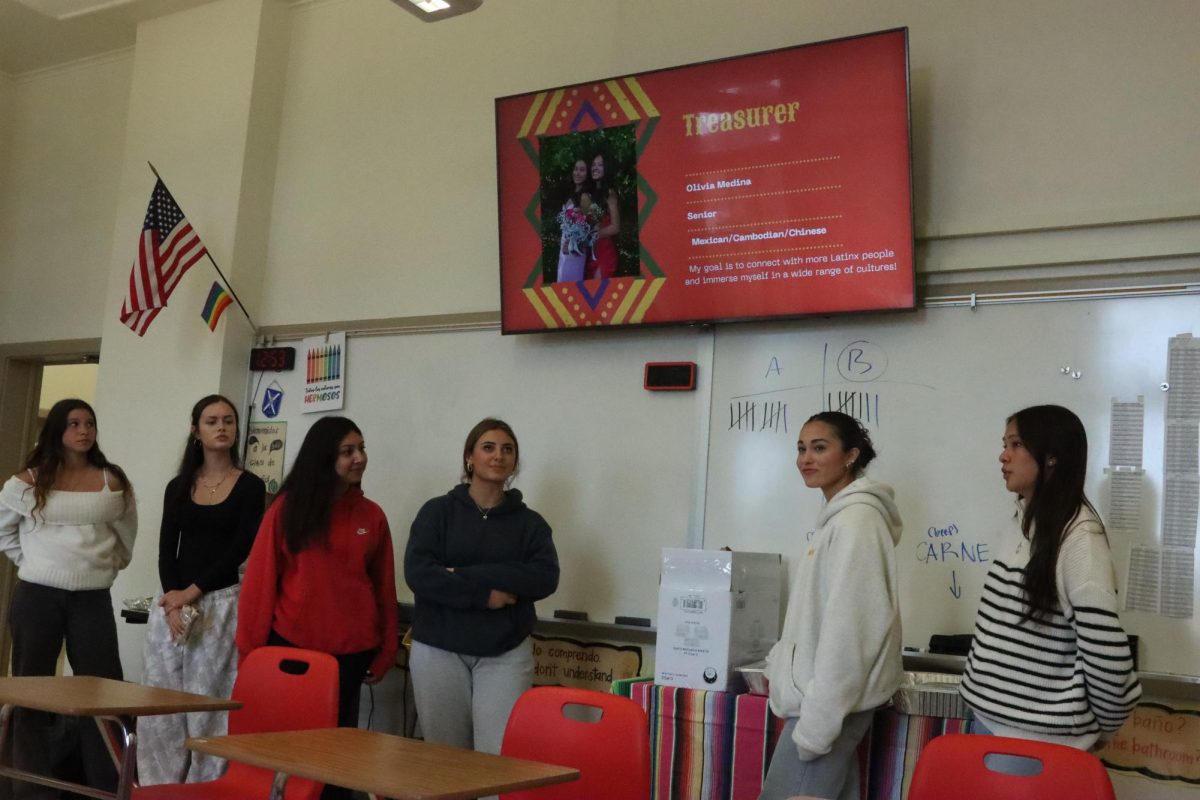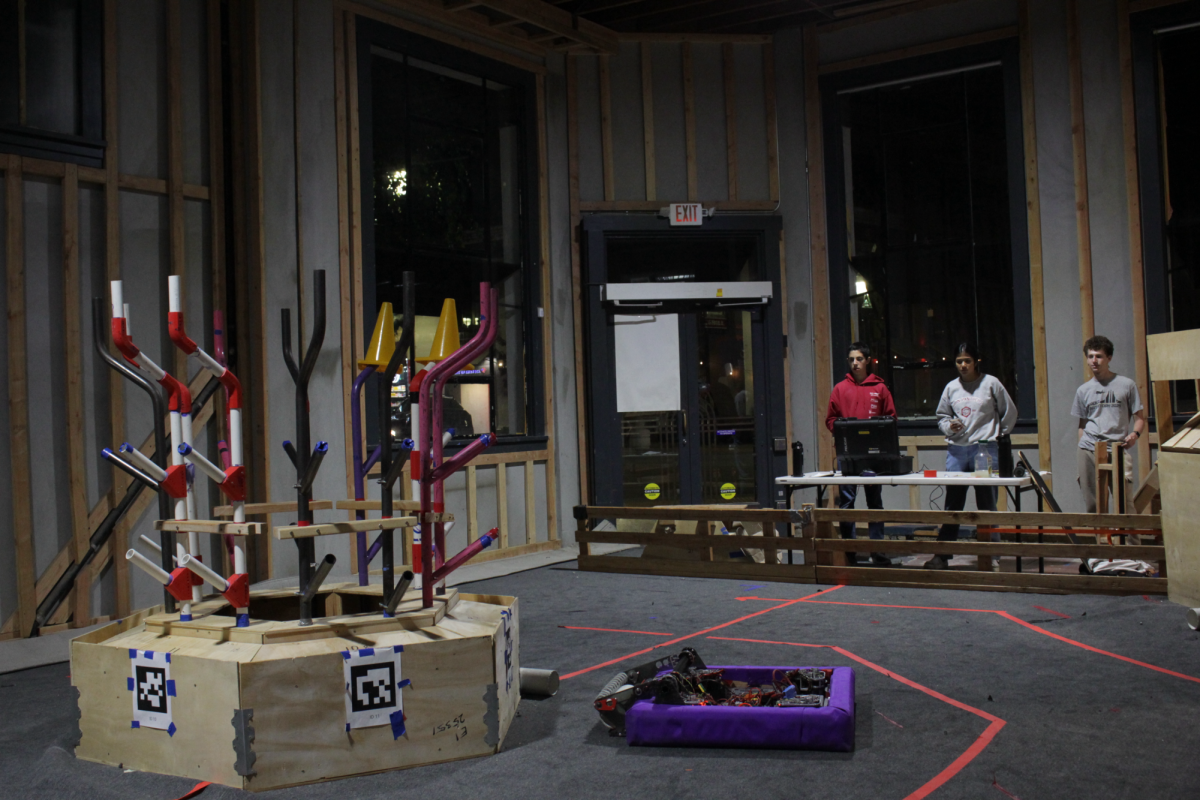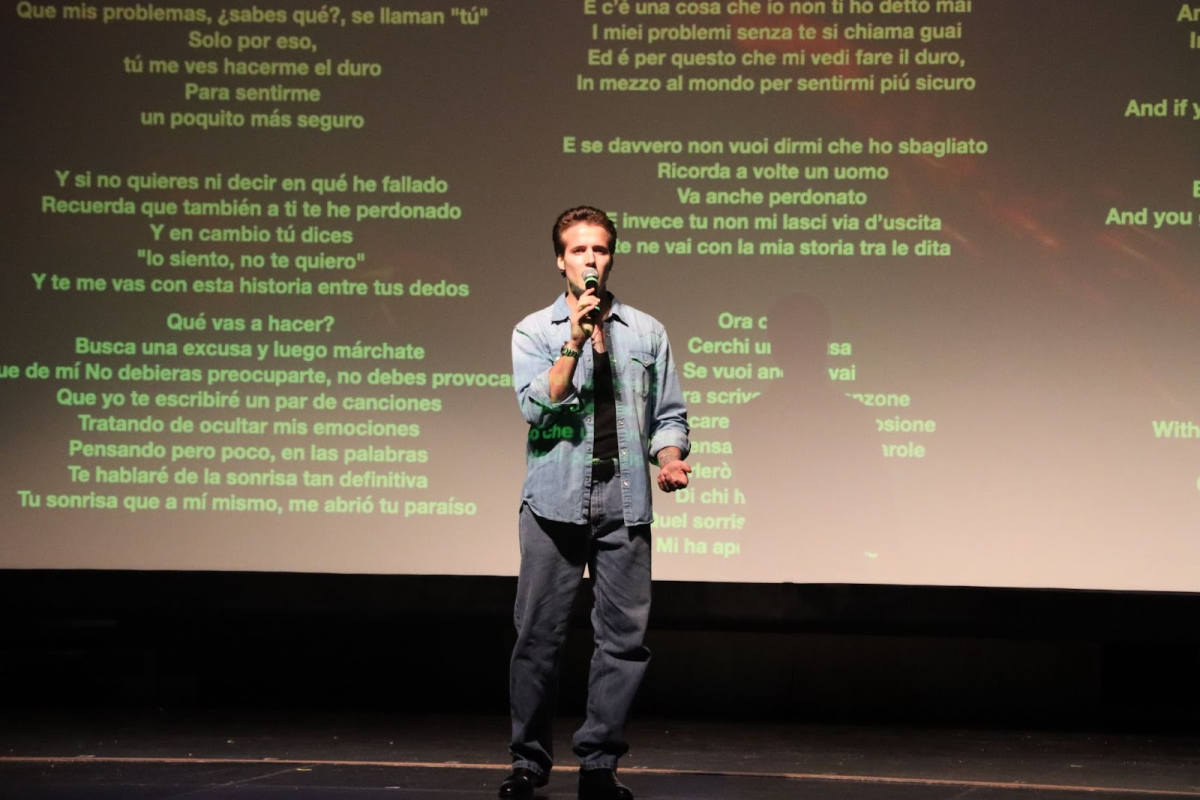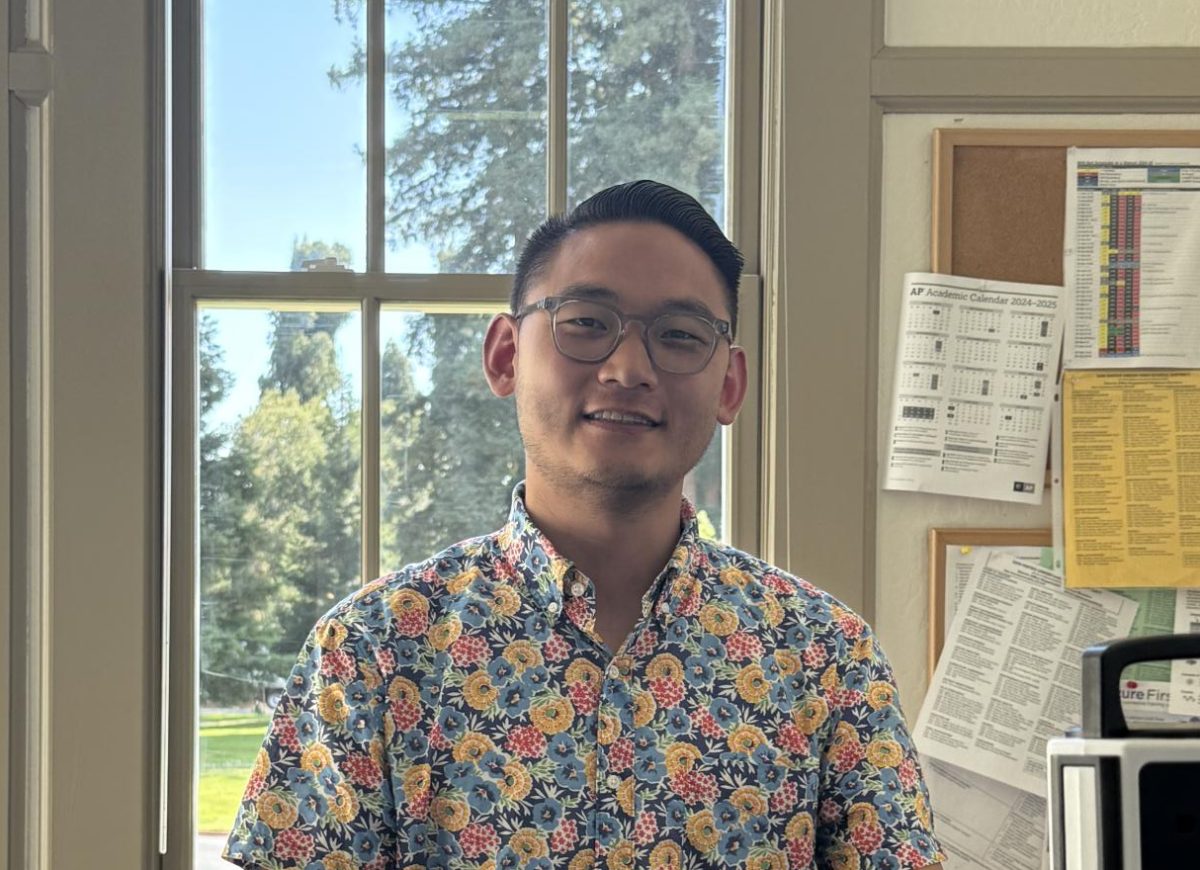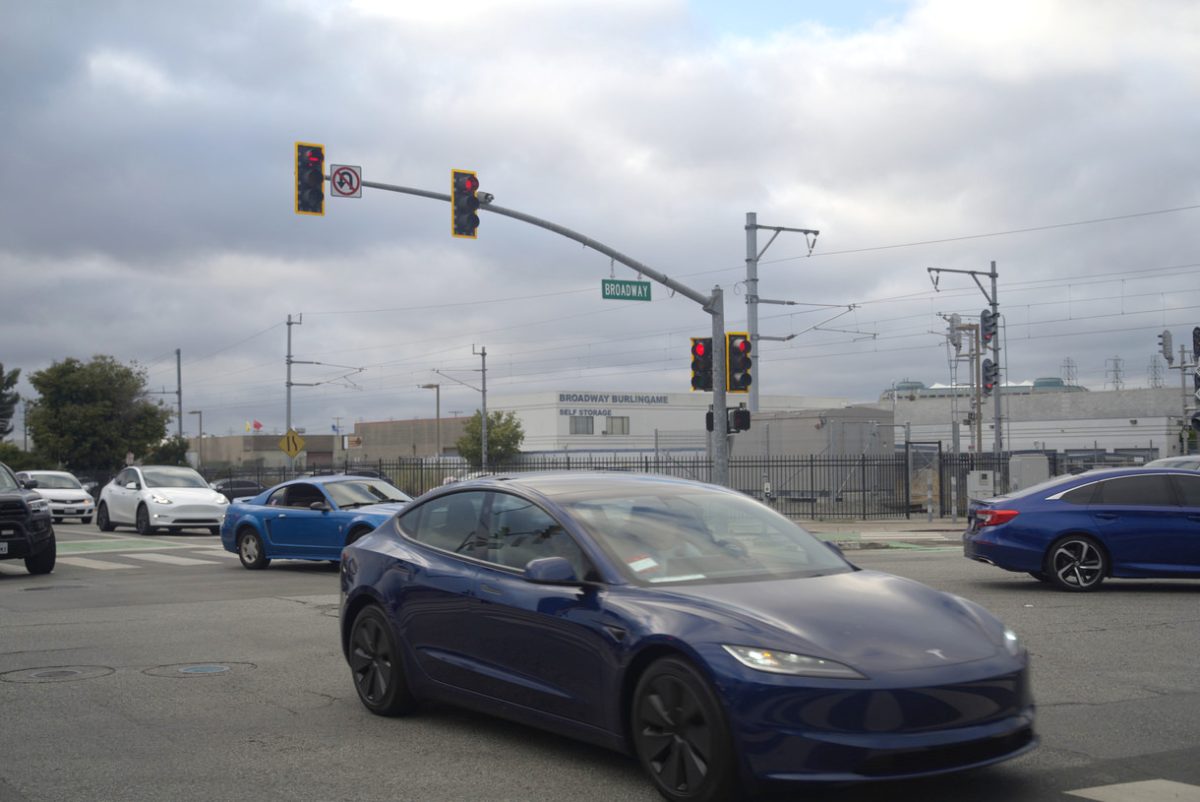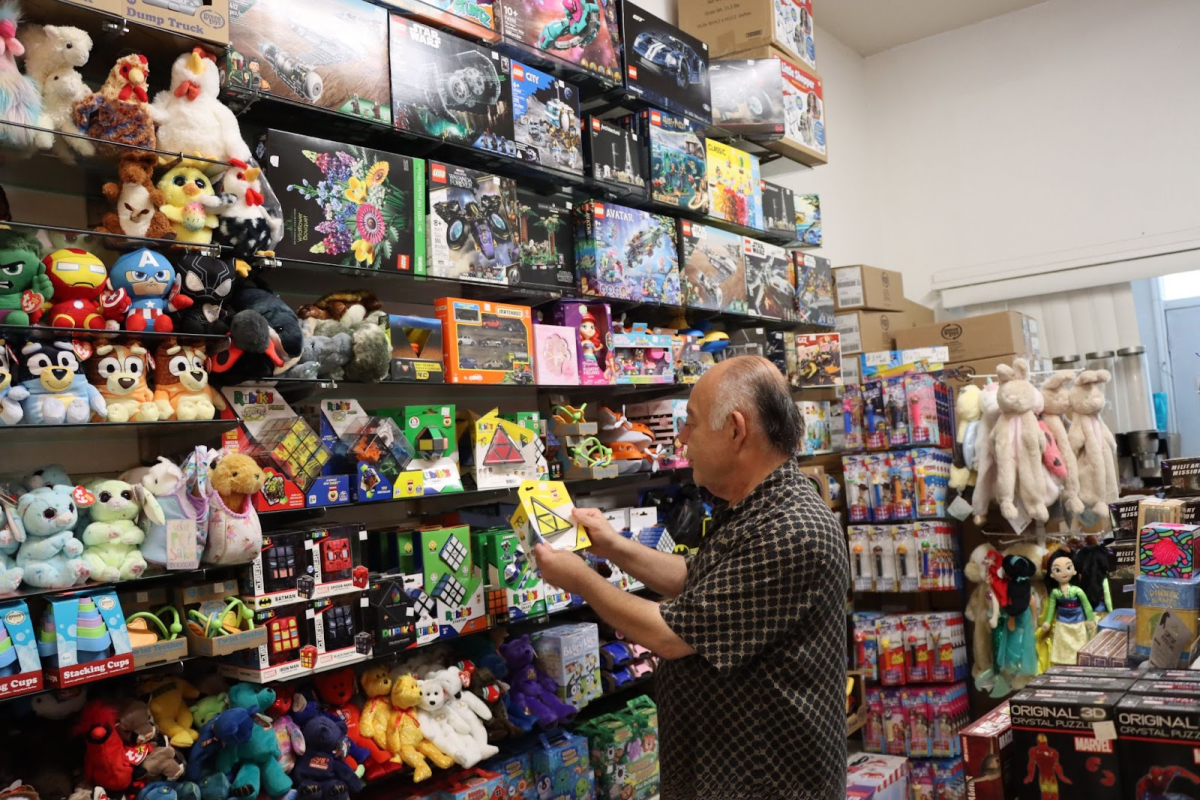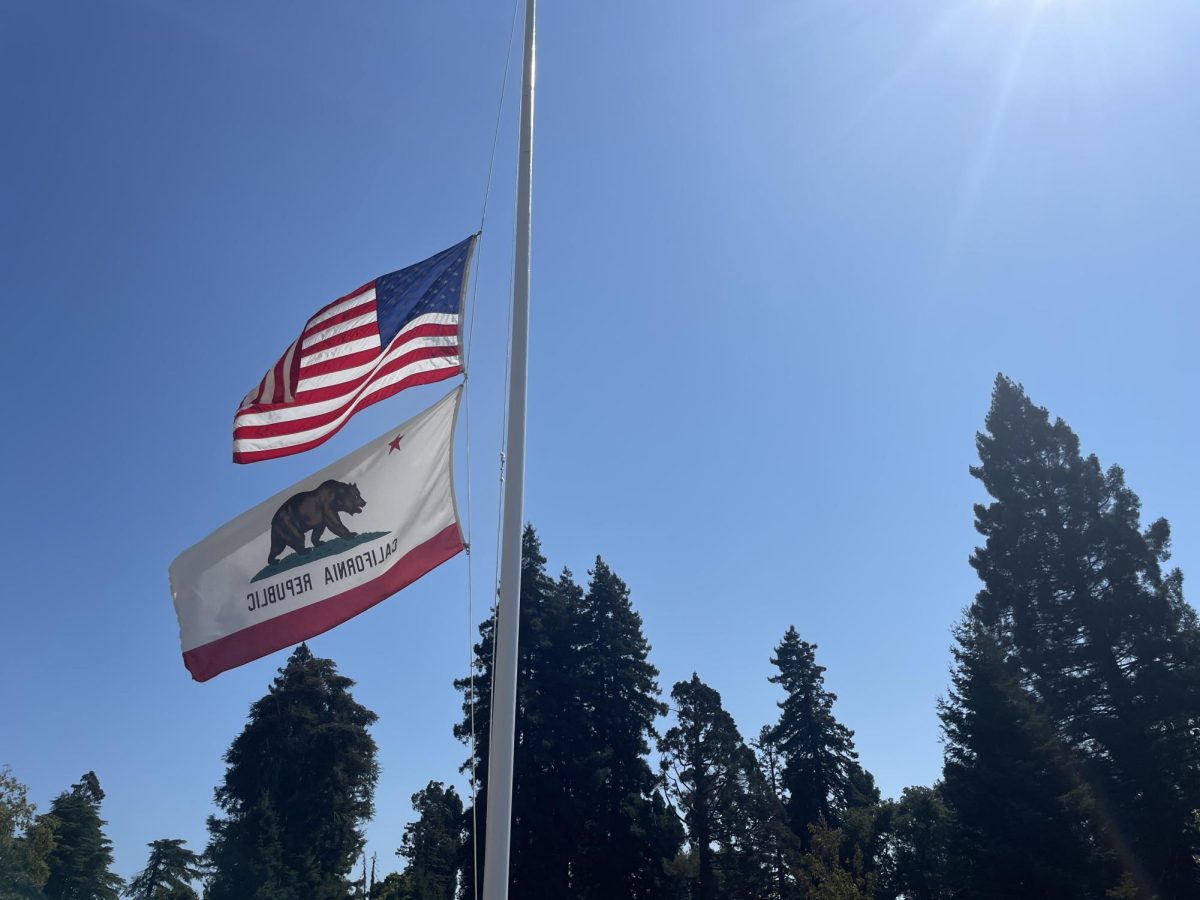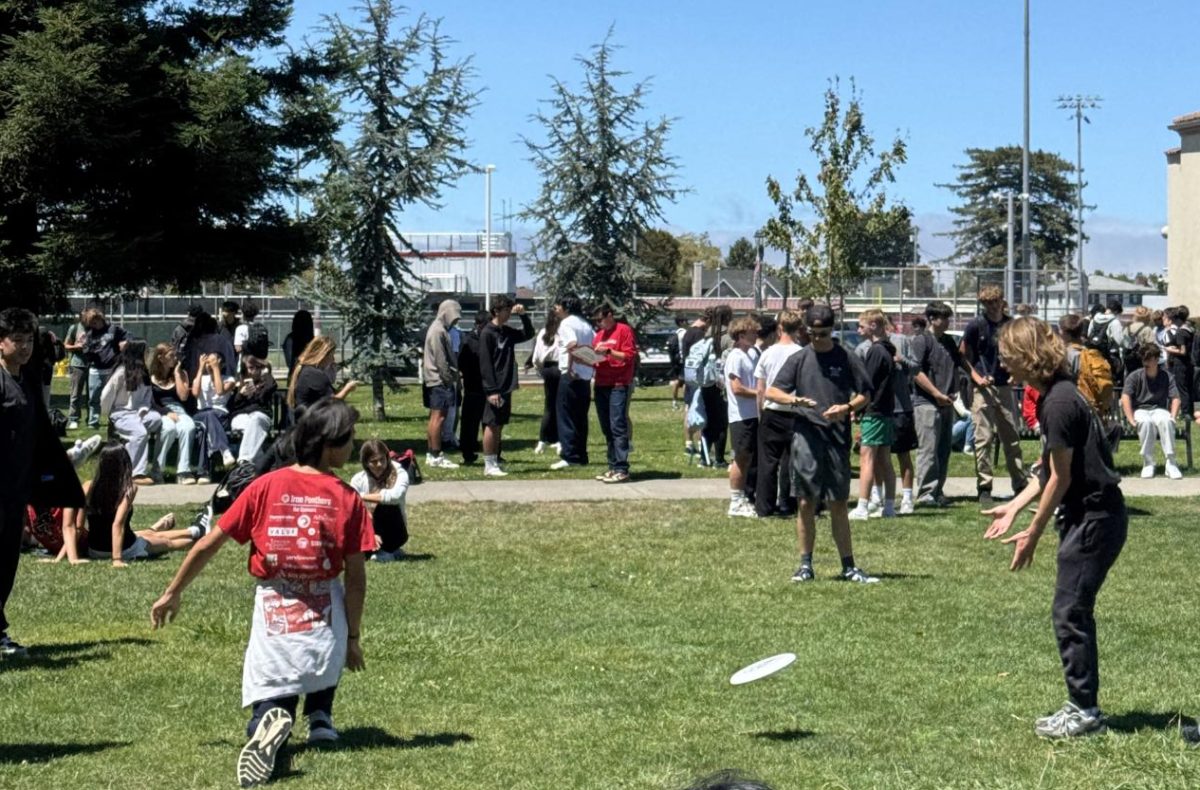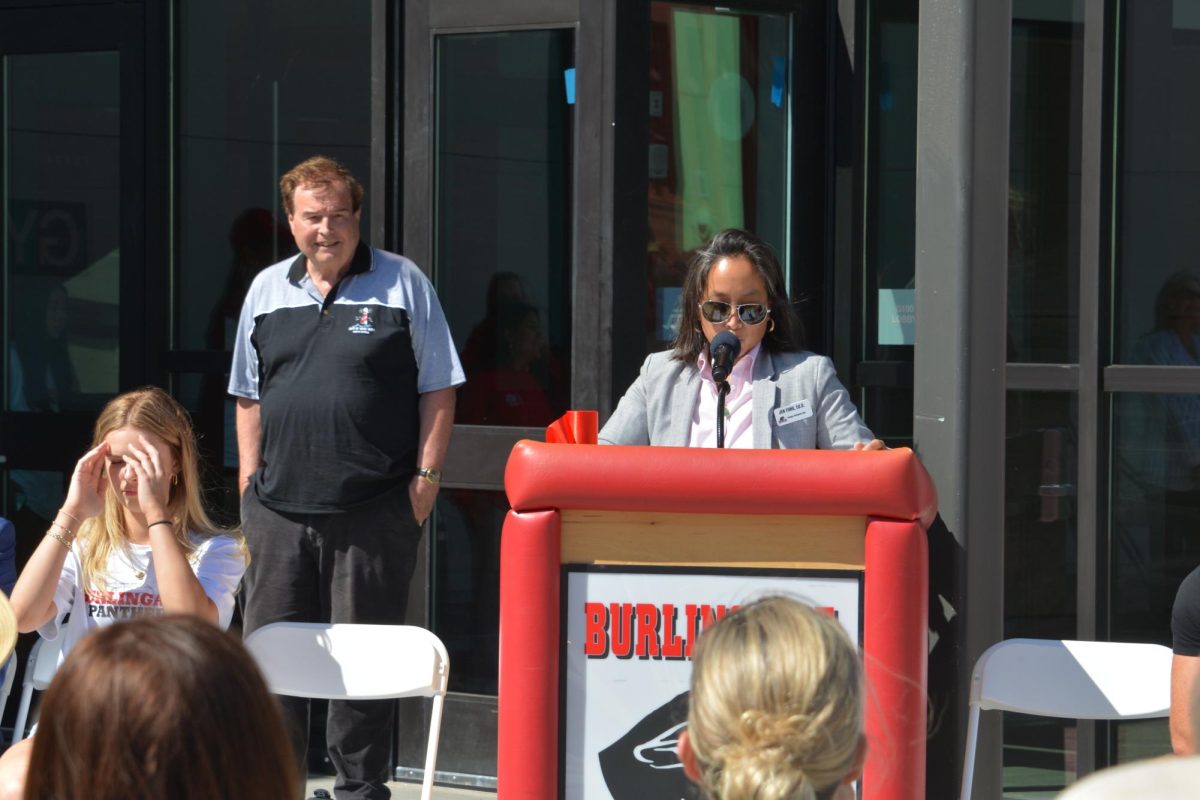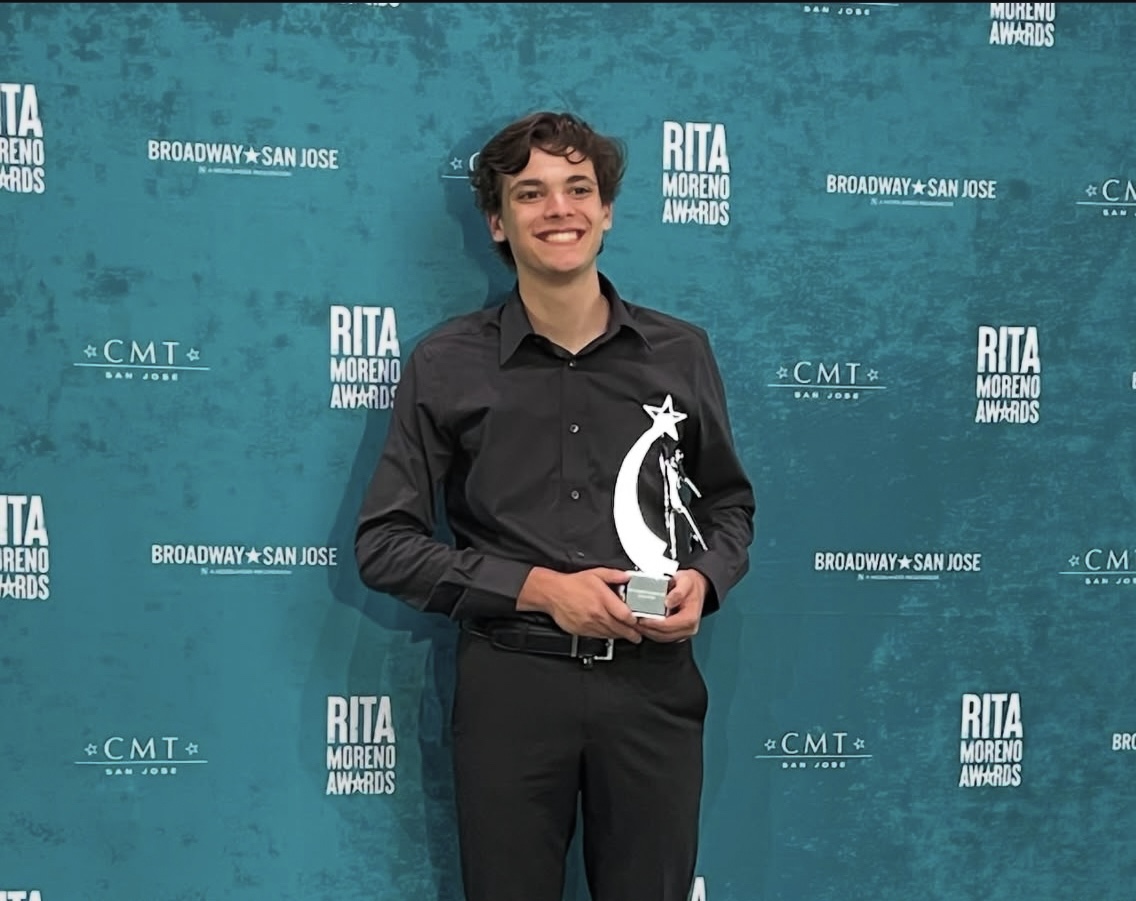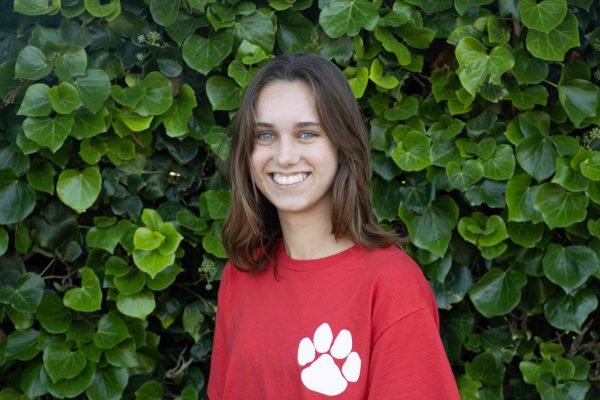What was once science fiction is now a common sight on the roads of Burlingame.
Waymo, the first public self-driving taxi service, expanded to Burlingame on June 17. The Alphabet-owned autonomous vehicle (AV) also added Millbrae, Brisbane, South San Francisco, and San Bruno to its service area.
Regulation and Planning
In January 2024, Waymo received the green light from the California Department of Motor Vehicles and the California Public Utilities Commission to expand service along the Peninsula from San Francisco to Sunnyvale. The company is implementing the expansion in several phases. Its first launch outside San Francisco came in 2024, and Burlingame’s launch marks Waymo’s third on the Peninsula. The move also makes Waymo the first autonomous vehicle company permitted to operate in San Mateo County, according to Randol White, a public information officer at the San Mateo County Transportation Authority (SMCTA).
Patrick Gilster, the Director of Planning and Fund Management for the SMCTA, said the expansion of Waymo vehicles is regulated at the state level for good reason.
“A lot of that’s basically so you can go between counties like come from San Francisco County down to here in San Mateo County, that there’s not different issues when you’re crossing borders,” said Gilster. “You see this often, a lot when we talk about bike share or micro mobility, and that sometimes every city may have a different policy, and sometimes you can’t go between them.”
To prepare for a future with AVs, the SMCTA, in coalition with the City/County Association of Governments of San Mateo County (C/CAG), adopted the San Mateo Countywide Automated Vehicles Strategic Plan (AVSP) last year. The plan collected public input and developed a “shared vision for AV deployment that aligns with county and state objectives,” according to SMCTA’s website.
Gilster said the AVSP has been most beneficial in “providing a forum for us to have these discussions where nothing else has done them.”
The AVSP has allowed the SMCTA and the C/CAG to develop a shared AV feasibility study. The study will establish parameters, such as the speed and distance, for several fixed-route public AV shuttle programs. These parameters will help identify where shuttle programs can best serve community needs.
“That way, we can say, ‘Okay, we have this set of parameters. Where would these types of routes fit best to fit the public’s needs?’” said Gilster. “Based on looking at where the SamTrans routes go, where our other shuttle routes go, and then filling in gaps in that network and actually going out into all of the cities and talking to them about what types of services would best suit you?”
According to Gilster, having an idea of how to “fill the gaps” will let the SMCTA and C/CAG encourage AV companies planning to enter San Mateo County to help meet public needs.
“When AV different companies are coming into San Mateo County, we can say, ‘Okay, here’s where we’ve heard the public wants these to come, how can you help us actually implement this vision?’” said Gilster.
Additionally, Gilster said that the SMCTA hopes the shared AV feasibility study will ensure that the benefits of AVs are distributed equally across the county.
“Not just having them in some of our wealthier communities, but how do we create a larger contract or larger effort to take a look at meeting the needs of our most disadvantaged communities here in the county, or the most underserved communities?” Gilster said.
In Burlingame specifically, Peter Stevenson, the mayor of Burlingame, said he expects autonomous vehicles will increase in use and play a leading role in the city’s future.
“Although it’s here, for many residents it’s still something that they’re not entertaining using, but I can definitely see that autonomous vehicles would have an impact on safety, just because the data will show that they are safer, in many cases, than human-driven vehicles,” said Stevenson.
Community Impressions
When asked about Waymo vehicles, senior Alexia Thompson generally had a positive view but expressed concerns about sharing the road with driverless cars.
“There’s not a person behind the wheel, so I just feel like if something would happen, they wouldn’t react as quickly as an actual person would when driving,” Thompson said.
Sophomore Kaylin Darrow echoed Thompson’s sentiment and said new factors will need to be considered as driverless cars become more common.
“The walker normally waits until the driver recognizes their presence to ensure that they, when they cross, that they will not be hit, because the driver recognizes they’re there, and acts accordingly,” Darrow said. “And with Waymos, because there isn’t a driver there, you can’t look at the Waymo itself and be like, I’m here. Like, wait for it to create eye contact; create that signal of recognition.”
Despite her hesitations, Thompson said she appreciated not having a human driver while riding in a Waymo home from Outside Lands, a music festival in San Francisco.
“It was nice because you didn’t have to worry about making conversation with, like, an Uber driver,” Thompson said. “In the past, sometimes, me and my friends have had Uber drivers that are kind of weird, not like bad, but just an interesting experience. So it was kind of nice. It’s very calm.”
Similarly, Darrow noted that riding in a driverless car had its upsides.
“You didn’t have to have any interaction with the driver, it wasn’t so much as like, social norms, sit, different things like that,” said Darrow.
Meanwhile, Long Truong, a driving instructor at LT Driving School, said he was not very impressed with his experience riding in a Waymo in San Francisco.
“Based on what I’ve experienced, Waymo, right now, the technology is probably a teen with 26 or 28 hours [of driving experience],” said Truong.
Furthermore, Truong added that the increasing commonality of Waymos will impact how many people will want to learn how to drive.
“It’s the future, but less kids who want to learn how to drive,” Truong said. “But the reality is, you must learn how to drive. You could postpone as long as you can, but the reality is it’s a must, especially where we live.”
Yet freshman Samantha Bryant said that the introduction of Waymos to Burlingame would not impact their driving in the future.
“As of now, I do want to learn how to drive, and I don’t think that everyone will be solely dependent on self-driving cars,” Bryant said. “I think it’ll be something like public transit, it’ll kind of just be optional.”
Nevertheless, Bryant said watching Waymos navigate the streets of Burlingame is a very unique sight.
“It’s surreal, you know? It’s interesting. It makes more sense when you’re living in a suburban area and there’s densely packed stuff. Bay Area has a lot of technology and stuff like that, everyone’s trying something new,” Bryant said. “So it does make sense, but at the same time, it feels like you’re watching a sci-fi movie.”


